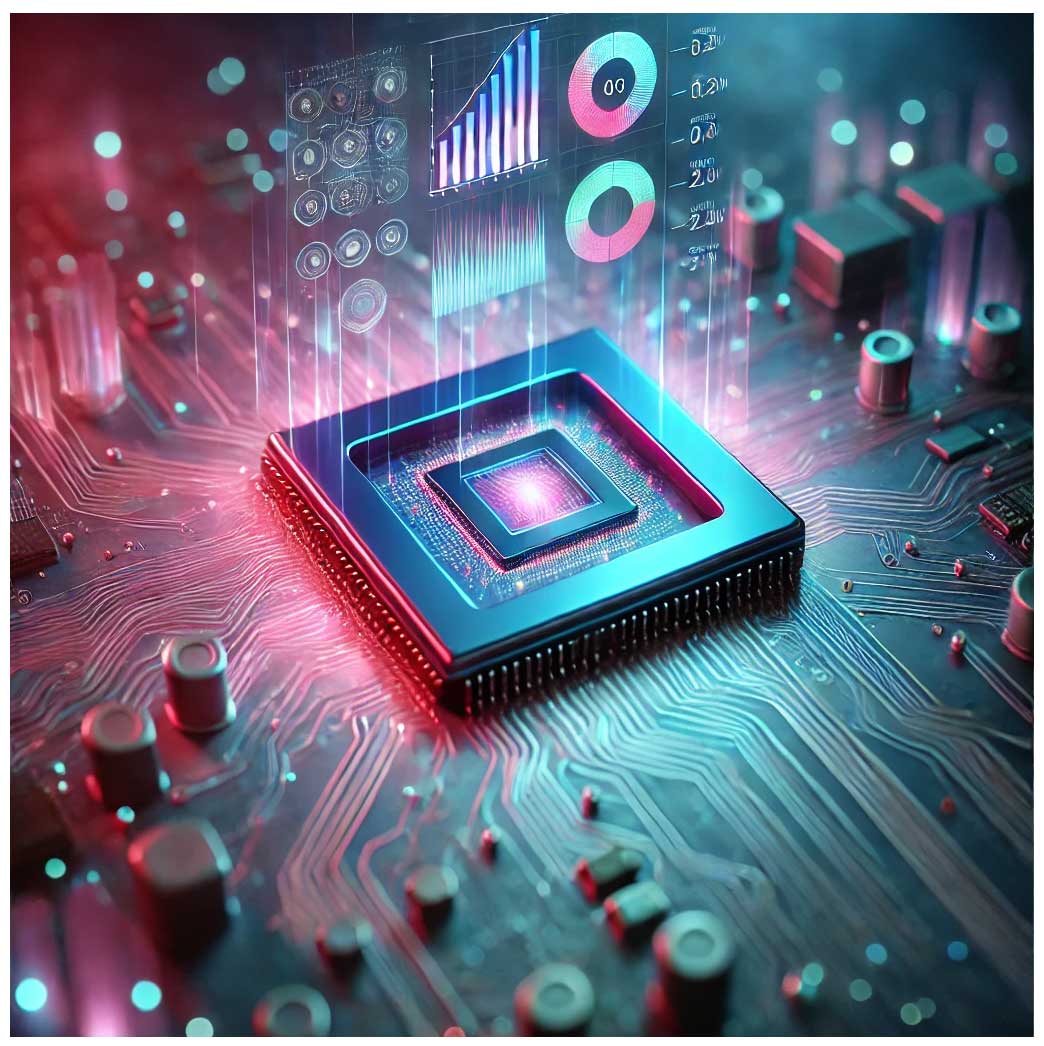
June 6 | 11:00 CET
Plasma Etching Explained: The Revolution in Micro and Nanoengineering
Abstract
With the EU-funded project HaloFreeEtch, a new era in micro- and nanoengineering is unfolding—aiming to establish sustainable, halogen-free etching processes for the semiconductor industry. Join us to explore the future of plasma etching technology!
In this first session of our webinar series, three expert talks will guide you through the evolving landscape of plasma etching: from a foundational introduction to the technology, to a focus on the BOSCH process—an innovation that reshaped the field in 1994—and a look at groundbreaking applications that would not be possible without deep etching.
Agenda
11:00 – 11:15 – Introduction to the HaloFreeEtch webinar series | Jörg Schuster, Chemnitz university of Technology, coordinator of HaloFreeEtch
11:15 – 11:35 – Plasma Etching: A key technique for micro and nano patterning in chip manufacturing | Micha Haase, Fraunhofer ENAS
11:35 – 11:55 – The BOSCH process for deep reactive etching – how it pioneered high aspect ration etching for applications in everyday live | Andrea Urban, Robert Bosch GmbH
11:55 – 12:15 – Applications enabled by high aspect ratio etching | Wim De Malsche, MICROLAB (Vrije Universiteit Brussel)
12:15 – 12:30 – Q&A Session | All
Speakers
- Jörg Schuster, Chemnitz university of Technology, coordinator of HaloFreeEtch
Abstract:
In his introductory talk, Jörg Schuster, the coordinator of the HaloFreeEtch project will give an overview of our project. He will introduce the background and the concept of HaloFreeEtch and the role of the partners in the consortium. By this we will outline, how we will contribute to make etching in semiconductor and microfabrication industry more sustainable. He will also outline the planned contents of our webinar series, consisting of eight webinars to be hold over the next years.
- Andrea Urban, Robert Bosch GmbH
Abstract:
The BOSCH-process, named after the company where it was invented, was a revolution in deep etching of silicon. It enabled the microfabrication of high aspect ratio holes and other features in silicon which are used for the fabrication of microelectromechanical systems (MEMS) or electrical interconnects through wafers. In her talk, Andrea Urban, the co-inventor of the BOSCH-process, will explain how the process works and why it is of high relevance even today. She will also show, how the BOSCH process is now used in many applications for end-user markets like automotive, consumer and health.
- Wim De Malsche, MICROLAB (Vrije Universiteit Brussel)
Abstract:
The ability to apply common (high-resolution and high-throughput) photolithographic patterning techniques, combined with (deep) plasma-based etching, positions micromachined silicon devices at the forefront of high-end microsystems. In the talk, a selection of key applications within chips will be introduced (e.g. chip chromatography, acoustofluidics) requiring excellent structure wall verticality and feature control, with the negative impact of gradually decreasing definition quality (increased taper) and defects demonstrated and explained. Also strategies to cope with surface defect induced performance or functionality loss are discussed.
- Micha Haase, Fraunhofer ENAS
Abstract:
This talk will introduce the field of plasma etching, a critical process step in the extensive workflow of semiconductor and microfabrication manufacturing for microchips. We will explore the necessity of plasma etching, emphasizing its role in achieving precise micro and nanopatterns essential for modern electronic devices. The presentation will cover the fundamental principles of plasma etching, and we will discuss various plasma etching techniques, especially reactive ion etching (RIE).
